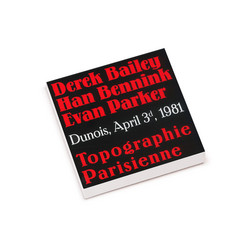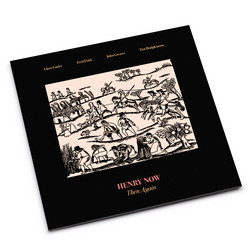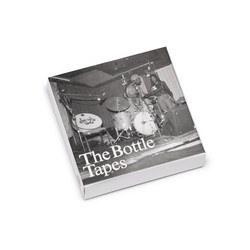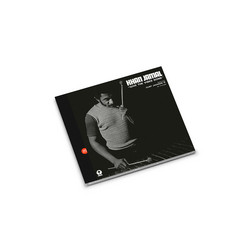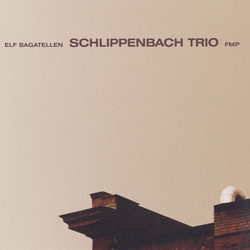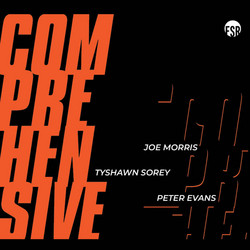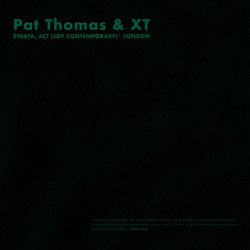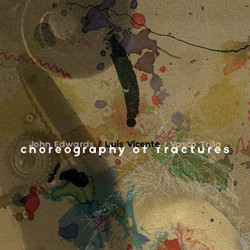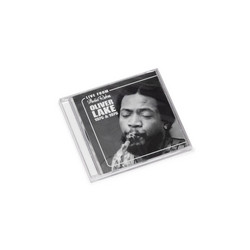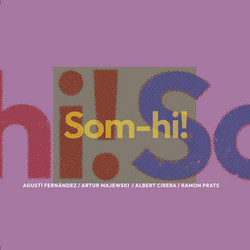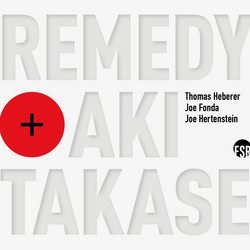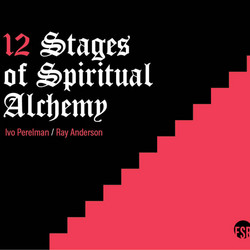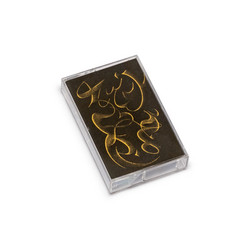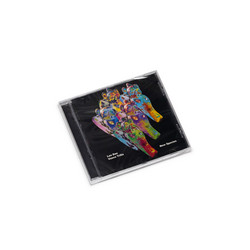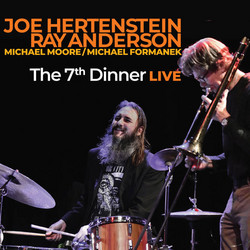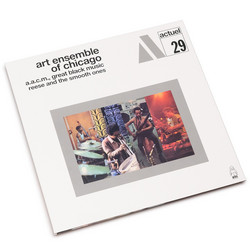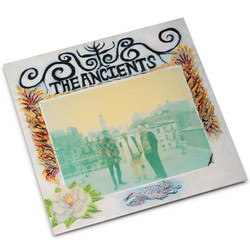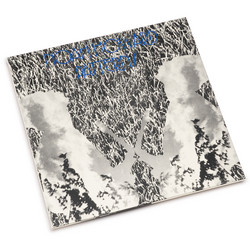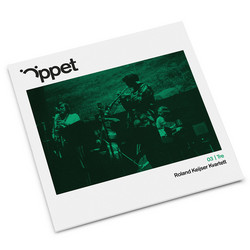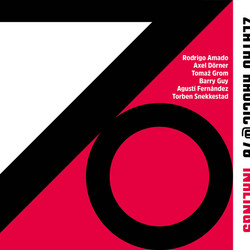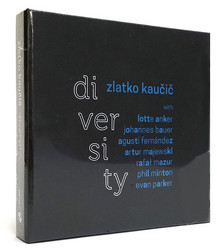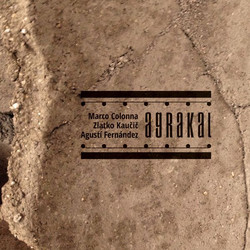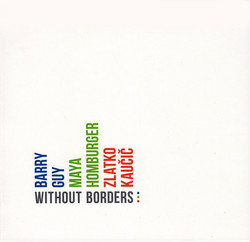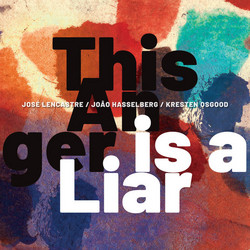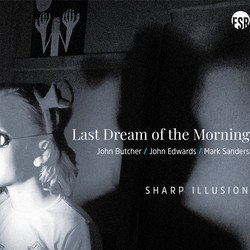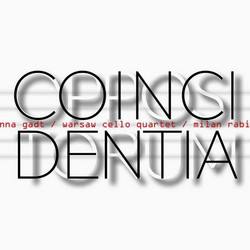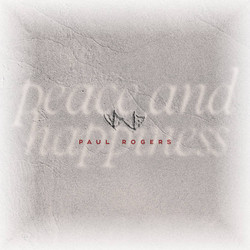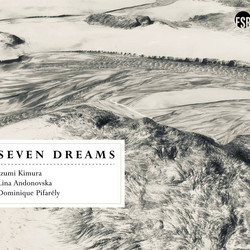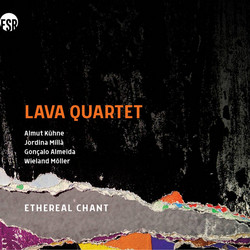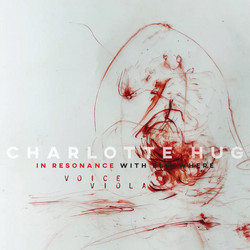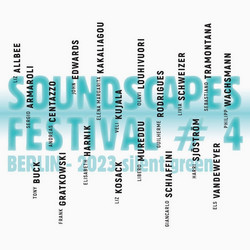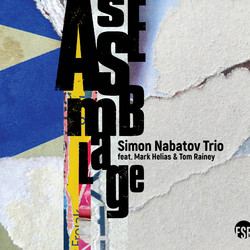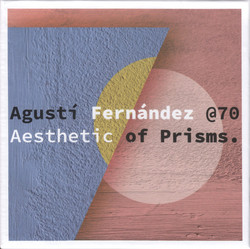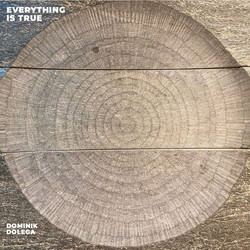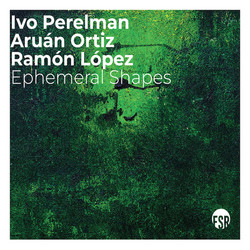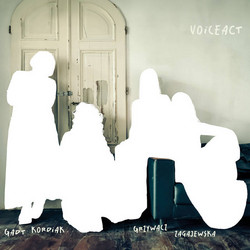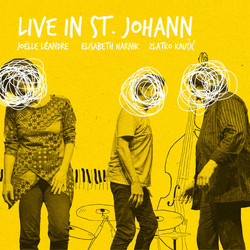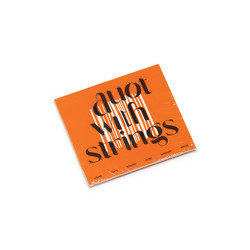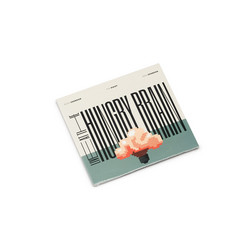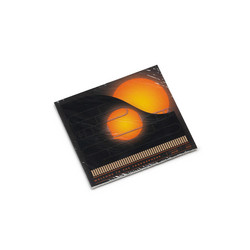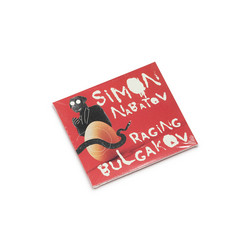There’s a question once posed by John Cage that seems to invite an expanding variety of answers, something about what’s more musical, a truck driving by a factory or a truck driving by a music school. Percussionist Zlatko Kaučič’s quintet adds another environment to the mix, a church, and has musicians standing in for other elements: bassist Silvia Bolognesi and three reed players: Michael Moore on alto saxophone and clarinet; Michael Colonna on clarinet and bass clarinet; and Albert Cirera on tenor saxophone. “All music is by” assigns the work to the five musicians, usually a sure mark of collective improvisation, though the music has qualities of thoroughness, reflection and inevitability that suggest it might all be notated and then rehearsed until it sounds completely natural. It often invites a long, slow inhalation followed by a similar exhalation. The music is profoundly grounded, even to the extent that Kaučič lists his instruments as “ground sounds,” his various percussion instruments, some unidentifiable, laid on the floor of St. Martin's Church, in Šmartno, Slovenia. He’s a discreet presence, almost spirit-like, often making discrete sounds, isolated flurries, taps, rattles, brushes and cymbal sounds. His initial contribution to the sublime “September” sounds like off-hand knife sharpening. His duet with Bolognesi on “Mlaj” hovers between the invisible, the accidental and the sublime. About that music school? Moore, Bolognesi and Colonna are all skilled free improvisers, highly inventive, disciplined musicians whose sonorities, intonation, evenness and attention to details of dynamics and inflection would delight an academician (at least one open to free improvisation in a church). The abilities to develop continuous and evolving form are at the highest level, and it’s a performance that in 1960 would have stunned Jimmy Giuffre and George Russell, two of the finest minds in jazz history and pressing, by degrees, towards a similar art, whether improvised or composed. Albert Cirera? His presence, too, is sometimes discreet. He supplies concordant melody, rhythmic force and lightly overblown tones to the collective, including some that sound flute-like. He’s also capable of great subtlety, but when the three winds dance around one another with repeated rhythmic figures on the brief “Jutranja,” his contributions are the honks. On “Strehe” his feature amid Kaučič’s rattling metal, he’s playing hard-edged multiphonics—dissonant, industrial--with something rattling, likely foil or metal, on the bell of his horn. He follows with a high whistling line broken by occasional low-end rhythmic blasts. Coming to the fore, he’s the truck driving by the music school, the debris of an exploded factory falling on music school and church alike. While the others play musical instruments, Cirera plays an irrepressible noise machine. It’s the element raising this music from perfection to something really great. (freejazzblog)

